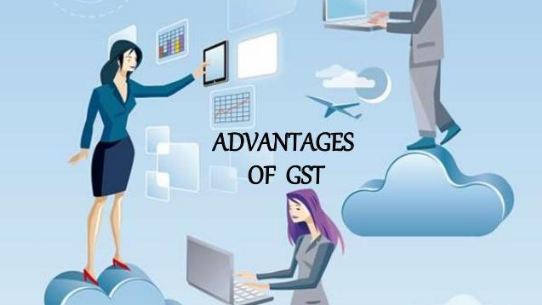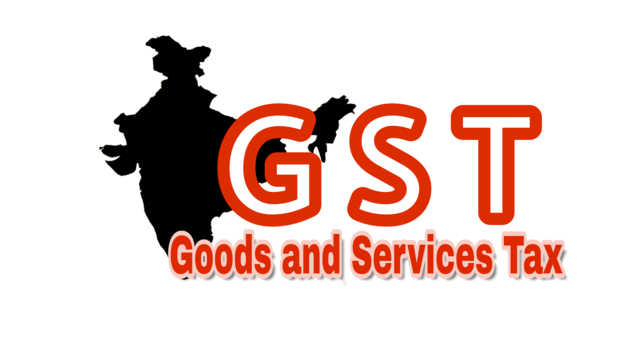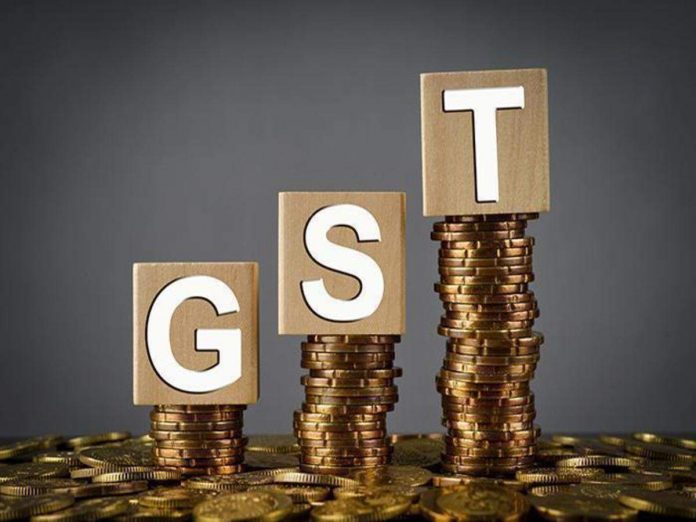Goods and Services Tax is a consumption tax under the new taxation scheme, aimed at making life simpler. All of you are aware of the new tax regime, however, few questions remain unanswered. It is owing to the fact, that the taxation scheme has lots of facets. The tax structure came into being in July 2017 and has gained momentum since.
GST Features
-
It is a dual tax. It means that the centre and state, both jointly levy the tax on the supply of goods and services.
-
There are three main types of GST – CGST, SGST, and IGST.
-
The new tax regime eliminated certain taxes like excise, service tax, value-added tax entertainment tax, purchase tax and entry tax to name a few.
The rates range between 0.25% to 28%.

Main Advantages of GST
Now, let us understand the Main advantages of GST:
-
-
GST is like a ray of hope, in a developing economy like India. It has helped in easing out a lot of confusion in taxes.
-
It has eliminated other taxes, which created a lot of trouble in filing and management.
-
Now business houses can focus more on their business growth, rather than devote time to lengthy tax procedures.
-
The manufacturing sector has heaved a sigh of relief, owing to the lower burden of taxes.
-
The birth of GST has led to an increase in the demand and consumption of goods.
-
It promises to control money laundering and has already impacted the black market.
Scope of GST
So, now the next question is “Is everything covered under GST?” The answer is a simple “No.” There are few exempt goods and services, that do not come under the purview of GST. There are some goods and services that are beyond the scope of the new tax regime. Let us find out more.
-
The services of an employee towards an employer are not considered a part of GST. It does not apply to the employer-employee relationship. The income tax paid by an employee towards salary credit is a different issue altogether.
-
Services discharged by the various courts are also not considered under GST. Courts will not charge GST to pass any sort of judgment or take any decision.
-
The roles and responsibilities of members of the parliament, state legislatures, corporations, municipalities, and other local bodies also do not come under the purview of GST.
-
The tax also does not apply to any mortuary, crematorium, burial ground or on the transport that carries dead bodies.
-
The tax does not apply to completed buildings and bungalows in the real estate market. However, if you book a flat or bungalow in an under-construction society, it will definitely attract GST.
-
Actionable Claims like book debt, bills of exchange and a promissory note will not come under GST. A book debt can be transferred, hence owing to nature it is not under the tax. However, lottery money or any other kind of game money comes under the purview of GST.
-
The supply of goods from a non-taxable area to another non-taxable area, without entering India is not considered taxable under the GST regime.
-
The supply of goods to any person, before being led for final consumption does not come under GST.
-
Who does not love a good drink? We all do. So, your favourite alcohol is not under GST. It continues to be taxed as per the previous tax regime.
-
Petroleum and related products do not come under the new tax regime. These are still taxed as per the previous tax regime.
-
Electricity also does not come under GST. It continues to be taxed as before.
-
Live animals do not come under the new tax regime. These animals include mules, asses, pigs, sheep, goats, live poultry, birds and insects.
-
Different kinds of meat, eggs, fish, honey and milk products are outside the purview of GST.
-
Vegetables, fruits, tea, coffee, grains, cereals, oilseeds, fruit parts, sugar, jaggery, pizza, cakes, bread, pasta are also not covered under GST.
-
Newspapers, journals, brochures, children’s drawing books, coloring books, maps, and topographic plans are also left out.
-
Raw silk, khadi, wool, and other sustainable yarns are also not covered under GST.
So, now you can understand the various features of GST, the Main Advantages of GST and other qualities, right? GST has reduced the cascading effect of taxes to an extent, that the prices of goods and services have come down. Earlier, consumers paid taxes at every step of the supply chain. Thus, consumers ended up paying more. This is known as the cascading effect of taxes.
The taxation system has become digital owing to the new regime. There is less paperwork and saves a lot of investment in manpower. The new tax regime has extended the tax base and in turn, increased the revenue deposited with the government. The transparent nature of the tax had led to a positive acceptance from society as a whole. Now, its impact on the economy has to be studied in the long run. Let us hope for the best!





